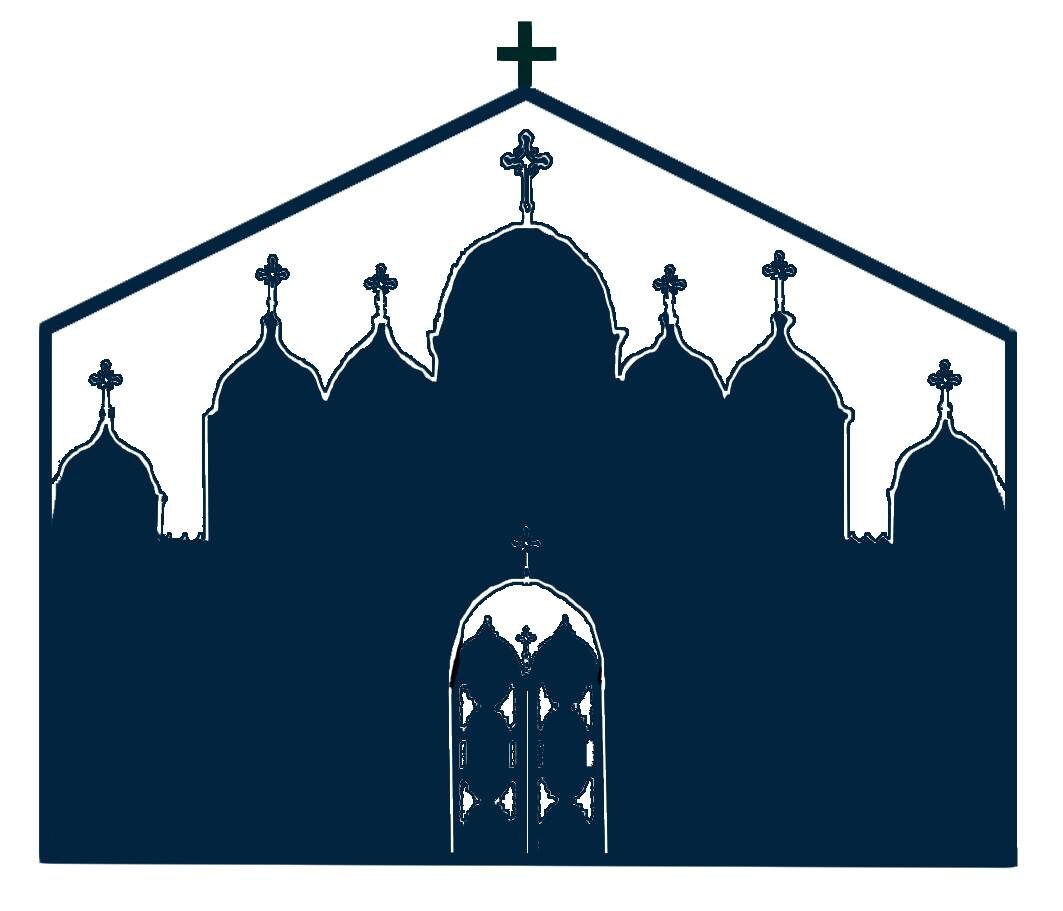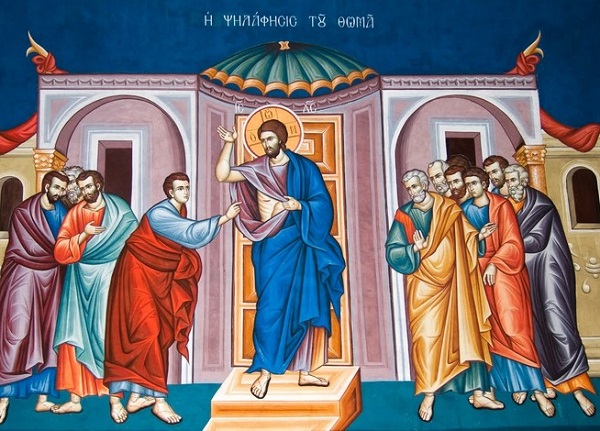John 20:19-31 2025/04/27 Osaka Church
Christ is risen!
In the room in which the disciples of Jesus who was brutally killed on the cross were hiding out of fear of being seen by others, Jesus, who was supposed to be dead, came through the closed door and entered. The Lord blessed the disciples saying “Peace be with you,” and showed them the wounds in his hands and side that had been pierced by the nails and the spear, clearly demonstrating that he had risen physically. Thomas, a disciple who was not there at the time, heard the story later and said, “I will never believe unless I put my hand into the wound in his side and see the holes where the nails had been inserted.” A week later, the Lord came again in the same way. This time Thomas was with them. The words of the Lord that hit Thomas were, “Touch with your finger the nail marks in my hand and put your hand into the wound in my side.” Thomas’ eyes widened when he heard this. He suddenly fell to his knees. And he cried out to the Lord, “My Lord and my God.”
“My Lord and my God,” he said, not simply describing Jesus as “Lord” or “God,” but calling him “my Lord” and “my God.” There is a big difference between simply calling out “Lord” or “God” and calling out “MY Lord” or “MY God.” To call something “mine” means it holds a special meaning for me. It is something I, this one and only “I,” have been seeking with all my body and soul, something I have finally found, someone I have finally met. That trembling of the heart, that profound emotional resonance, bursts forth in the spontaneous cry: “My Lord and my God.” Furthermore, in calling Jesus “my Lord, my God,” Thomas recognizes the One who loves him—this unique and irreplaceable “Thomas”—and accepts him as precious. Jesus actually said to him, “Put your hand into the wounds from the cross.” To put it in other words, in our own words, “A sinner like me is worshiping here. He brought me here and made me stand.” We marvel at this as a completely unexpected miracle, and are grateful for it… The first step to “gaining life” is to obtain this trembling and joy in our hearts along with the Thomas from 2,000 years ago. It is to encounter the Jesus who looks at me and says, “You are mine,” and to respond from the heart, “My Lord, my God.”
Thomas is nicknamed “doubting Thomas.” However, the Orthodox Church has called this skepticism “the good disbelief of Thomas” as the disbelief that leads people to faith. This disbelief of Thomas is not disbelief that opposes God, but disbelief and doubt that arises from a sincere search for true life. We often falter at the uncertainty of our own faith. Or we become discouraged and depressed. At such times, instead of blaming our own disbelief and tormenting ourselves, let us pull ourselves together and stand up with the resurrected Lord and pray. “Lord, let me one day cry out from my heart, like Thomas, ‘My Lord and my God.'”
Christ is risen!

